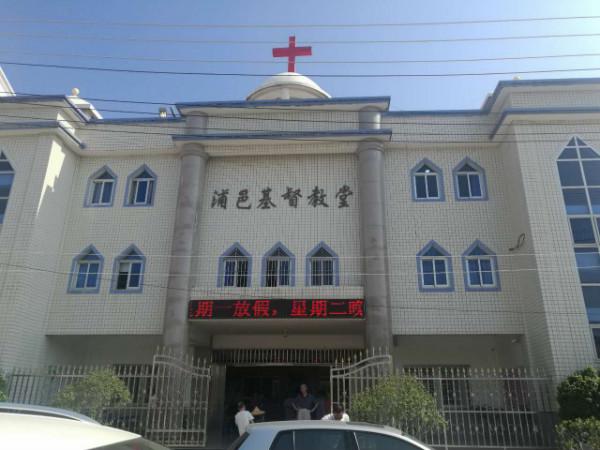In 1854, missionaries of English Presbyterian Mission went from Xiamen to Zhangpu County, also in Fujian Province, to share the gospel.
By 1865, the gospel had been spread through most of the villages outside, rather than in, Zhangpu. Wu Ba, a pastor of Kengwei Church in Zhangpu, tried his very best to overcome all kinds of resistance with John Watson, a British missionary, and other local missionaries in 1881 and finally gained a place for evangelization and gathering inside Puzhang in1886.
At that time, the local gentry kept stopping those who wanted to rent houses to them by threatening. They called on more than 200 shop owners to sign in a joint letter to the government for expelling the Christian group from the county. Missionaries and other Christians were insulted and beaten. Some were even detained. Fortunately, they purchased a place and built a two-floor building for worship, which is now a clergy house. In 1899, the English Presbyterian Mission afforded to build Puyi Church or Xin Lu Wei Church.
Then the church founded schools and a hospital. In 1892, they built a kindergarten and a girls' school to teach illiterate women Chinese and Minnan written vernacular. In 1920, the alumnae and the English Presbyterian Mission funded the construction of an around 600-square-meter girls' school, which is now a provincial cultural relics protection unit.
They also founded the first western medicine hospital in Zhangpu, the predecessor of Zhangpu Hospital, in 1890, and started to enroll trainees of western medicine in 1900. In 1904, they established Feng Yuan Primary School, the predecessor of Zhangpu Experimental Primary School, which had the best equipment and teachers of the county at that time, and Guniang House, designed for the residential units of foreign female missionaries, which is now the water resource bureau of the county. Guniang, literally meaning "lady", is how people in Fujian and Taiwan called the unmarried female missionaries at that time.
Puyi Church once ceased gathering after 1949 and restarted in 1953. However, then, the church went through 13 years of closure from 1966 under the impact of the Cultural Revolution to Oct 1979. As the congregation grew bigger, the old church was removed in 1995, and a new church began to be built in Apr 1999 and finished in Nov 2000. The 1,416-square-meter Church, which cost 1.2 million Yuan, could hold 1,200 people.
Now there are nearly 3,000 members in the church. The church has various kinds of fellowships, bible classes, a Sunday school, and choirs. It also devotes to charitable activities like disaster relief, financial assistance to students, the disabled and poor.
-Translated by Changfeng Lin













